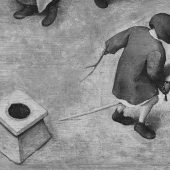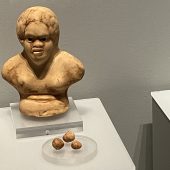Science & Technology Studies talks about ‘users’ as it is not concerned with entertainment or communication technologies in particular. With the advent of digital media the soft and hard technological substrates of many industrial and therapeutic systems are less and less distinct from popular media. Digital media audiences or consumers – from interactive TV to the web and video games – use as well as read or consume. NB: they always did, but the technics of engagement which perhaps only surfaced periodically with the advent of a new medium or mode of operating… e.g. television itself, to VCRs, tuning to buttons to remotes, and intense temporalities of upgrade culture, and ‘interactive’ and participatory nature of newest media…
Software seems an excellent example of the fluidity of the designer-user boundary. With software, like most products, user feedback plays some part in informing the development of new versions and new products. More than this, however, conventional distinctions between production and use are not always applicable to software. Software may be designed to be reprogrammed, in that it can be customized; software is being installed which (it is claimed) enables machines to ‘learn’ their user’s pattern of use, and to respond to that; and a key design issue for software is how it will enable and support user participation in it evolution and change over time. In short, software is highly malleable, as the very term ‘software’ suggests (Mackay et al 2000: 746).
DanceTag app development a case in point: from beta versions and user testing to AppStore and GooglePlay updates.



